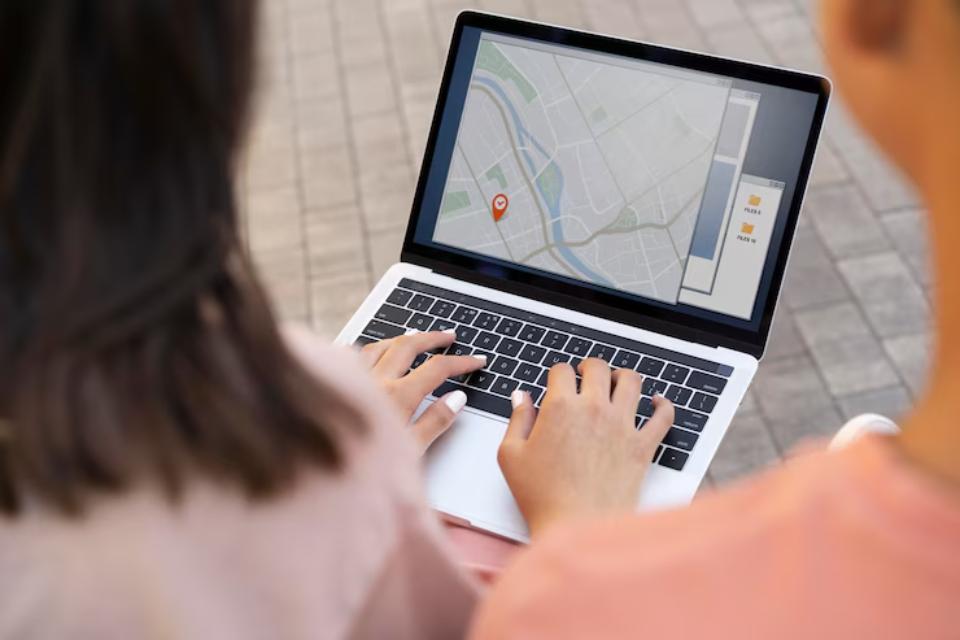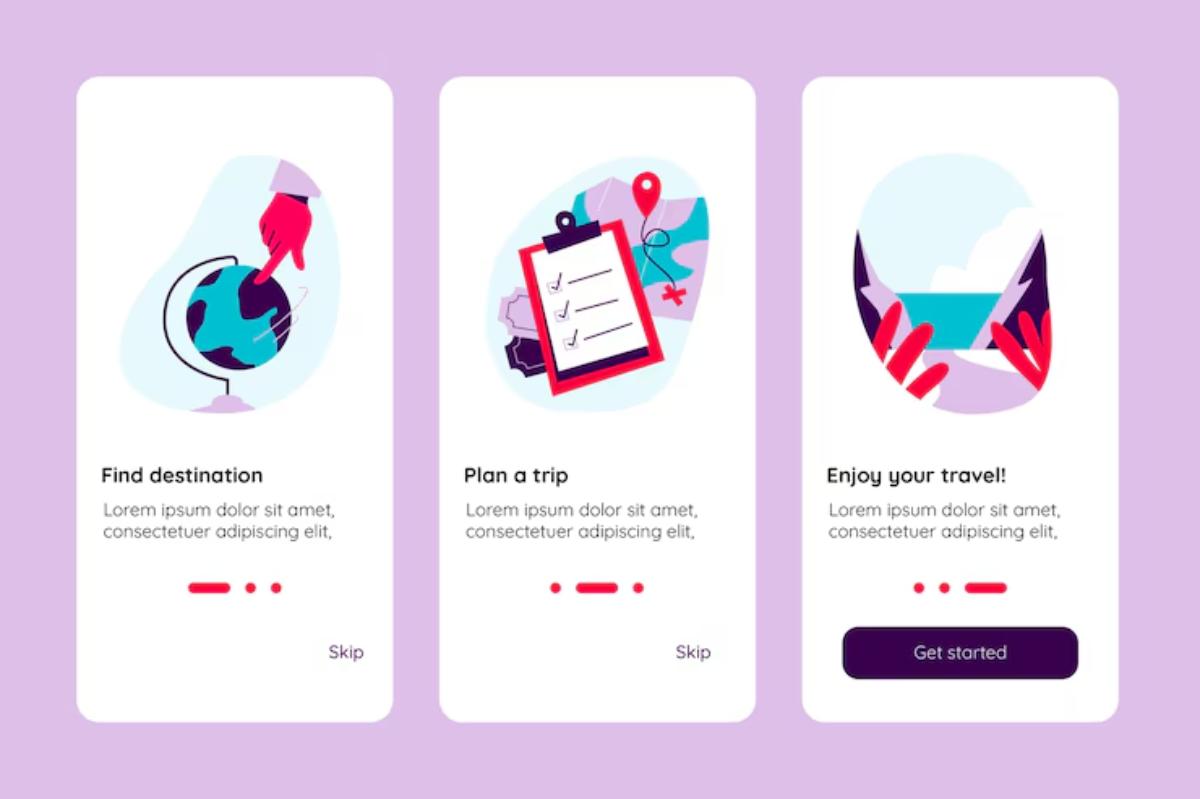
Use Emergency Apps While Travelling Abroad
The best trips are the ones that let go of control—at least a little. Wandering through old city streets with no map, discovering a hidden café because of a missed turn, or hopping onto a last-minute train just to see where it leads. That’s the magic of travel.
But even the most spontaneous adventures benefit from a little planning. Especially when it comes to safety.
No one likes to think about emergencies while on vacation. Yet the truth is, having the right emergency planning tools in place can mean the difference between a small hiccup and a major disaster. And thanks to technology, most of these tools live in your pocket.
So let’s talk about emergency app usage—not in a scary, over-prepared way, but in a smart, empowering way. This guide walks through why it matters, which apps are most useful, and how to actually use them when abroad.
Why Emergency Apps Are a Travel Essential
Emergencies while traveling aren’t always dramatic. Sometimes it’s just getting locked out of your hotel room. Other times, it’s more serious—a stolen passport, a medical issue, a political protest breaking out in the street you’re walking down.
In those moments, thinking clearly can be hard. That’s why the best emergency planning tools are simple, intuitive, and ready to go at a moment’s notice.
These apps aren’t just about crisis response. They’re also about:
- Preventing danger by making informed choices
- Providing peace of mind for solo travelers and loved ones back home
- Speeding up access to help, whether local or global
- Giving you the confidence to explore with less worry
1. Pre-Trip Setup: The First Layer of Safety

Before boarding the plane, it helps to spend 30 minutes preparing the digital side of your travel toolkit.
Key Setup Tips:
- Download apps before departure—don’t count on finding Wi-Fi in an emergency.
- Enable offline access or download local maps and emergency contacts.
- Allow location services where relevant, especially for apps with SOS features.
- Input key emergency contacts (both local and at home) into safety apps ahead of time.
Think of this like packing a travel first-aid kit—only digital. You might not use it, but you’ll feel a lot better knowing it’s there.
2. Use Apps That Give Local Emergency Numbers
Did you know 911 only works in the U.S. and Canada? Most countries have their own numbers for police, ambulance, and fire services.
Best App: TripWhistle Global SOS
Why it’s useful:
- Covers emergency numbers in over 200 countries.
- Lets you dial with one tap.
- Displays your location coordinates to share with responders.
This app is one of those quiet heroes—simple but effective. It turns a panicked Google search into a calm, fast response.
3. Track Your Location—But Share It Wisely

If something goes wrong, knowing your exact location (and being able to share it) is crucial.
Smart Solution: Life360 or bSafe
These apps allow:
- Live location sharing with trusted contacts.
- Scheduled check-ins or “I’ve arrived” alerts.
- Emergency buttons that notify and share your location instantly.
You don’t have to share your location 24/7. But setting up these tools for key travel days—or with someone you trust—offers both freedom and protection.
4. Choose SOS Apps That Do More Than Just Ping
Tapping an SOS button should do more than just send a message. The best apps also record, track, and alert authorities.
Recommended App: Noonlight or Red Panic Button
Features that matter:
- Location sharing + call routing to local emergency services.
- In-app recording (audio/video) to document situations.
- PIN verification so accidental alerts can be canceled discreetly.
These apps are like emergency parachutes—hopefully never needed, but comforting when jumping into the unknown.
For more tech-based support, explore Top Safety Apps Every Traveller Should Have to build a more robust safety toolkit before departure.
5. Keep Language Barriers from Slowing Help
During a crisis, even basic communication becomes hard—especially in a different language.
Tool of Choice: Google Translate
Why it belongs on your emergency list:
- Works offline with downloaded language packs.
- Can translate signs, speech, or typed words instantly.
- Useful for medical terms, symptoms, or navigating local systems.
Need to explain that you’re diabetic? Allergic to shellfish? Need to ask for a doctor or help with a lost passport? This tool helps when words fail.
6. Stay Ahead with Real-Time Alerts
Wouldn’t it be helpful to know that a protest is blocking major roads in your destination before heading out?
Best for Global Situational Awareness: Sitata

Why it’s invaluable:
- Tracks disease outbreaks, political protests, natural disasters, and more.
- Sends tailored alerts based on your location and itinerary.
- Provides health tips, safety ratings, and local news summaries.
Sitata doesn’t alarm. It informs—so you can adjust your plans calmly, confidently, and without drama.
7. Store Your Documents Digitally
Losing your passport is one of the most stressful travel situations. But having a digital copy on hand can speed up the replacement process and help prove your identity.
Safety Step:
- Use a secure app like Google Drive, Dropbox, or 1Password to store:
- Passport scans
- Visas or entry permits
- Vaccination certificates
- Travel insurance policies
Make sure these files are accessible offline and protected by a passcode or biometric lock.
8. Know Where Your Embassy Is—And How to Reach It
Your country’s embassy or consulate is your home away from home when things go sideways.
App to Use: Smart Traveler (by the U.S. State Department)
Features:
- Contact details for embassies and consulates worldwide.
- Travel advisories and alerts.
- Enrollment in the Smart Traveler Enrollment Program (STEP).
Even if you’re not American, many countries offer embassy locator tools or apps. Make sure to bookmark your local mission.
9. Use Medical Assistance Apps—Even When Far from a Hospital
Getting sick abroad is bad enough. Not knowing what to do next makes it worse.
App You’ll Be Glad You Downloaded: First Aid by IFRC
Highlights:
- Step-by-step instructions for emergencies like burns, allergic reactions, or sprains.
- Preloaded content—works offline.
- Based on global Red Cross training.
This app helps turn panic into a plan. And sometimes, that’s all you need.
10. Be Smart About Connectivity
All these apps need your phone to work. That means thinking ahead about power and signal.
Pro Tips:
- Carry a reliable power bank.
- Have a local SIM or eSIM with data access.
- Pre-download maps (via Google Maps or MAPS.ME).
- Test key apps in airplane mode before traveling.
Being offline doesn’t mean being helpless. It just means being prepared.
When (and How) to Use Emergency Apps Abroad
No one wants to use emergency apps. But when the time comes, here’s how to stay calm and clear-headed.
In the Moment:
- Breathe—Seriously. It helps you think straight.
- Open the app you’ve prepared (TripWhistle, bSafe, etc.).
- Trigger your SOS feature or dial local emergency numbers.
- Use Translate or pre-written phrases to communicate key information.
- Send your location to a trusted contact or group.
After the Incident:
- Use apps like Sitata or Life360 to notify loved ones.
- Document the situation with timestamps if needed.
- Contact your embassy or insurance provider via stored digital info.
Emergency apps don’t just manage danger. They guide the way back to safety.
Don’t Let Worry Win
The idea of emergencies abroad can feel overwhelming. But the point of smart emergency app usage isn’t to scare—it’s to free.
It’s about stepping onto unfamiliar soil knowing that help is just a tap away. It’s about exploring more boldly because you planned with care. It’s about giving peace of mind to the people who love you.
Download the apps. Set up your info. And then? Put the phone in your pocket and chase the joy of being far from home.
Because when the safety net is strong, the leap feels lighter.
Want more tools to make your trip seamless and secure? Check out Tips for Using Booking Apps to Plan Your Trip Efficiently for practical ways to prep every part of your journey—from hotels to health.


